Introduction: Leather Pocket Belts
In this Instructable I'm going show you some techniques for creating different styles of simple leather belts from leather hides. I created these belts to attach to small pouches as pocket belts, but you could use these techniques to create normal non-pocketed belts too. As a girl who often wears clothing without pockets I find pocket belts extremely useful and freeing at events and festivals or just around the workshop. It's nice to have freedom of movement and full use of my hands when I want to shake my booty, embark on adventures, use tools, or just carry my phone with me as I work so I can listen to all the podcasts.
A lot of the techniques I'm using in this Instructable, including how to make the leather pouch I am attaching to my belt, are explained in my free Beginning and Intermediate Leatherworking Classes, so be sure to check those out if anything in this instructable confuses you.
Step 1: Tools and Materials
In this lesson I'll be using:

Step 2: Single Layer Belts
When you want to create a belt out of single layer of leather, you need to use leather that is thick and strong enough that it won't stretch or break. You should choose a leather that is at least 7-10 oz and not stretchy. A lot of belts are made from thick veg tanned leather, but in the chrome tanned leather world, a thick latigo, or even a stiff stamped leather can be a good choice for a single layer belt.
If you want to make a belt that is intended to go through standard belt loops, it generally needs to be less than 1 3/4" wide. To get the length of the belt, the best way is to measure a belt that is already worn by the person you are making it for. Everyone wears belts at different heights and levels of tightness, so using a standard waist measurement can be problematic. If you don't have a belt for reference, measure around the person's waist where they are going to wear the belt. Add at least 2" to one end for the buckle, and about 6" to the other end for adjustable holes.
Cut the belt out with a cutting wheel or strap cutter, and attach a buckle of your choice as we did in the previous lesson.
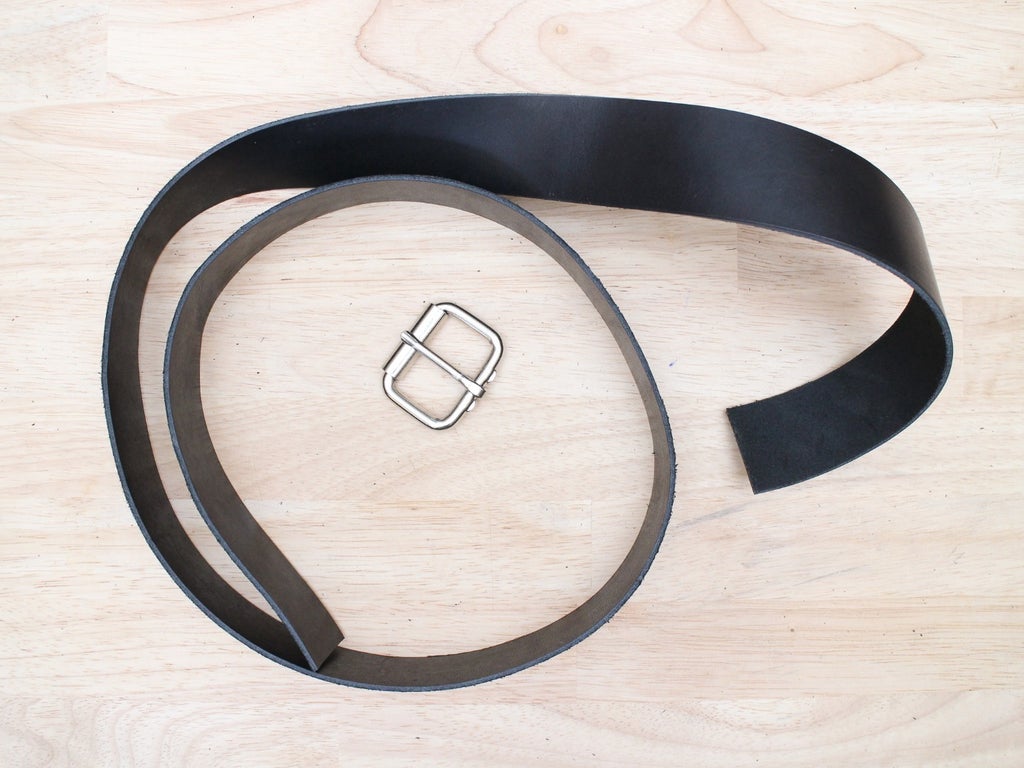
If you are using a heel bar buckle you need to add a keeper loop, so make one if you need one. Heel bar buckles are the standard choice for belts, but there are other options as well.

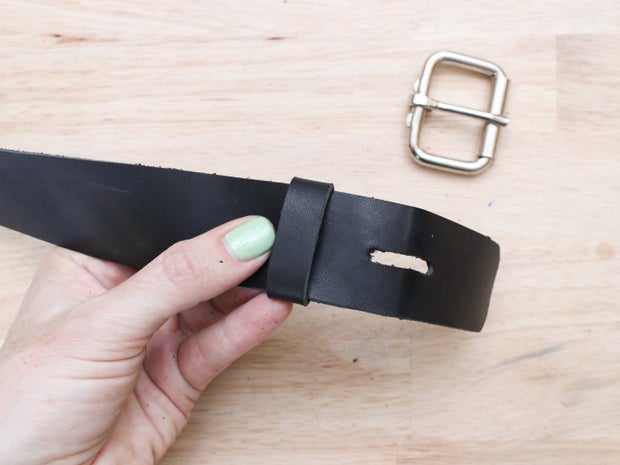
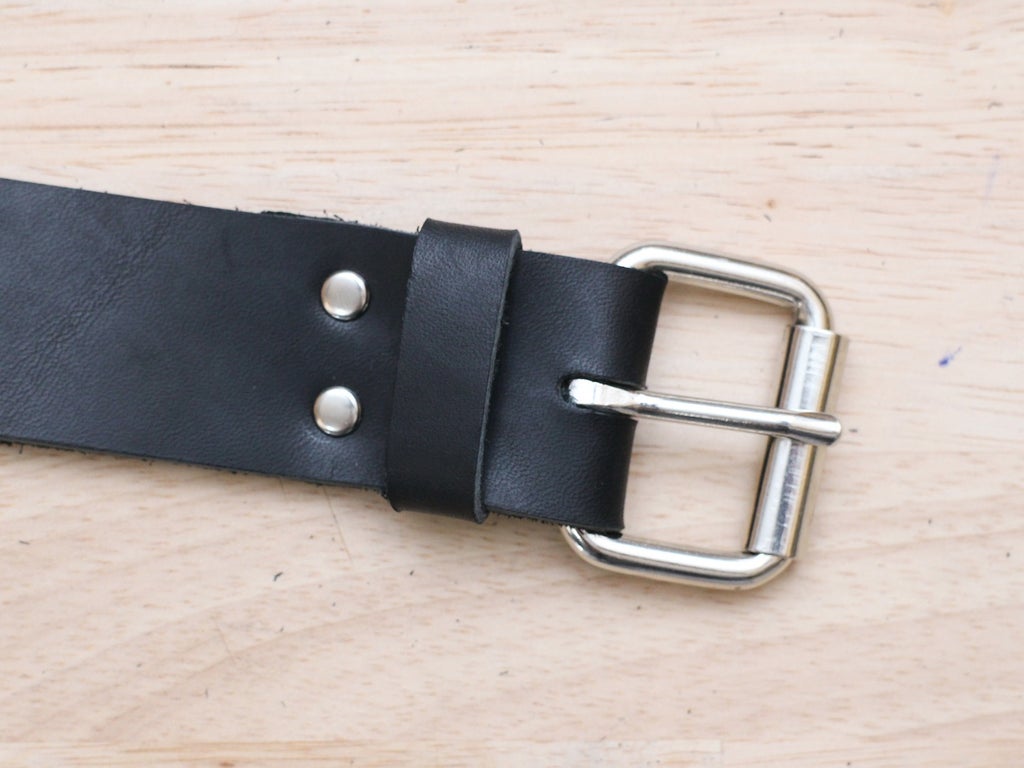
If you can, mark the position of the holes by having the person who is going to wear the belt try it on before you punch them.
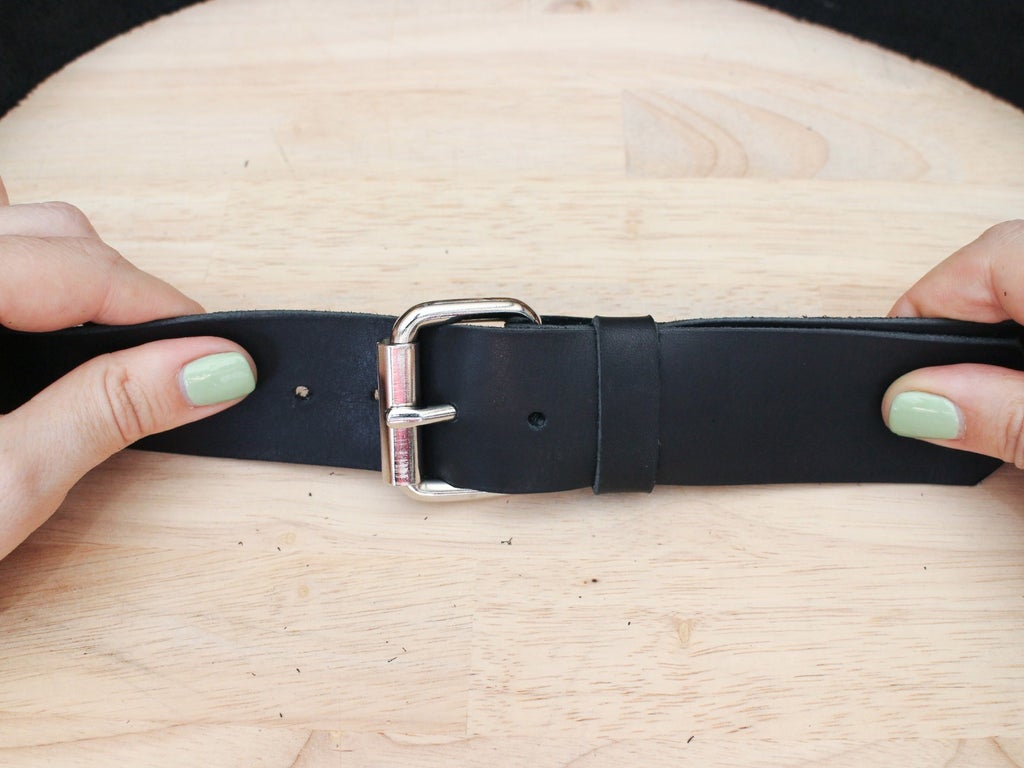
Step 3: Double Layer Belts
If you don't have leather that is thick enough to be used as a single layer belt, you can reinforce thinner leather by sewing two layers together. This can be fairly time consuming when you are hand sewing, but it does create a nice finished look with the grain of the leather facing out on both sides.
To create this kind of belt, design your pattern basically the same way you did for the single layer belt, but add a sewing line about 1/8" from the edge of the pattern. In this case, I'm creating a shaped belt that will attach to one of our small bags and turn it into a hip bag. This belt will be two sections that rivet together over one hip, and buckle over the other. I made a mock-up of the belt first in oaktag, then scanned it and traced it in Illustrator.
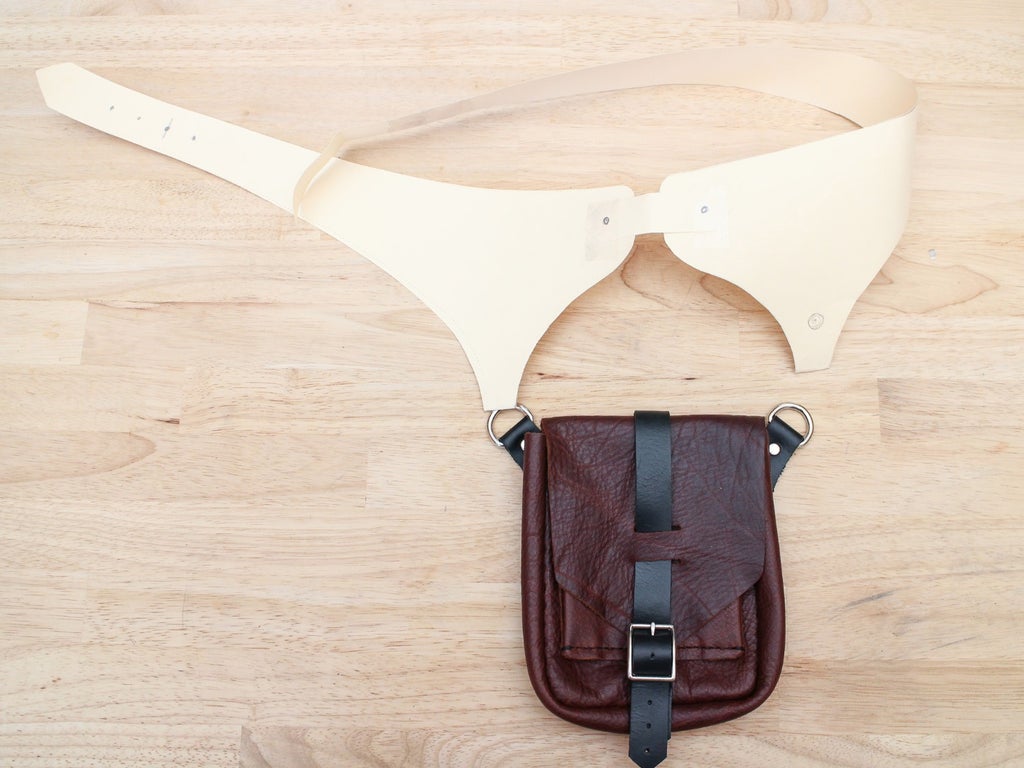
To get perfectly matching edges on the two layers of leather on each piece of the belt, I usually don't make my final edge cuts until I have sewn the two layers together. To do this, cut out a piece of leather at least 1/4" bigger than your pattern on all sides. Then glue, or double sided tape, this piece of leather to another piece, flesh sides together, and cut the second piece to the same size as the first.

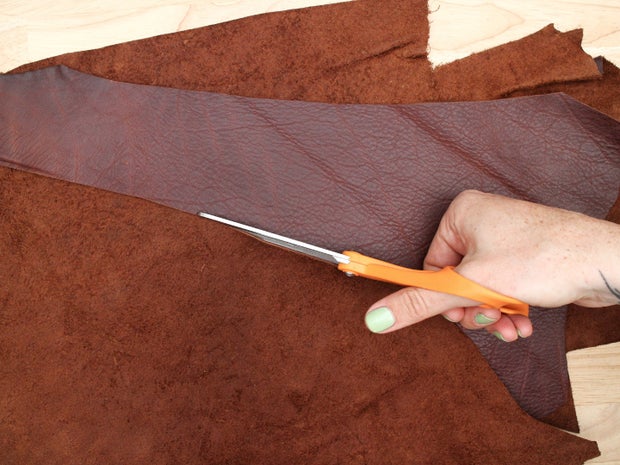
Now trace the sewing lines of your pattern onto the leather (I cut my paper pattern pieces out along the sewing lines instead of the cutting lines, and then just traced around the edges). Punch sewing holes along these lines with a stitch chisel or an awl.
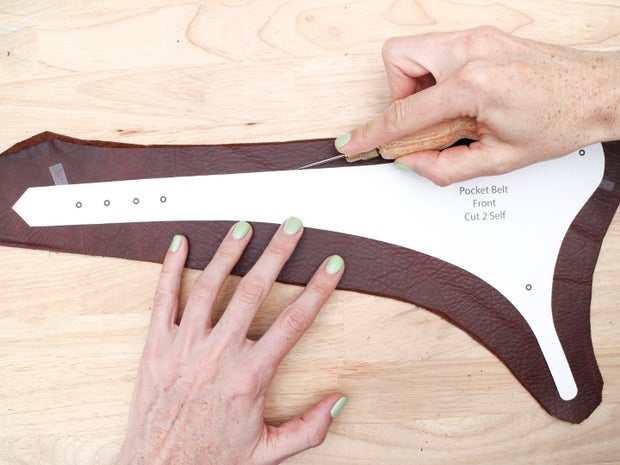

Sew around the leather, attaching the two layers of the strap or belt with a saddle stitch.


Now, with scissors, or an X-Acto knife, carefully cut 1/8" out from the sewing line to create a clean edge.
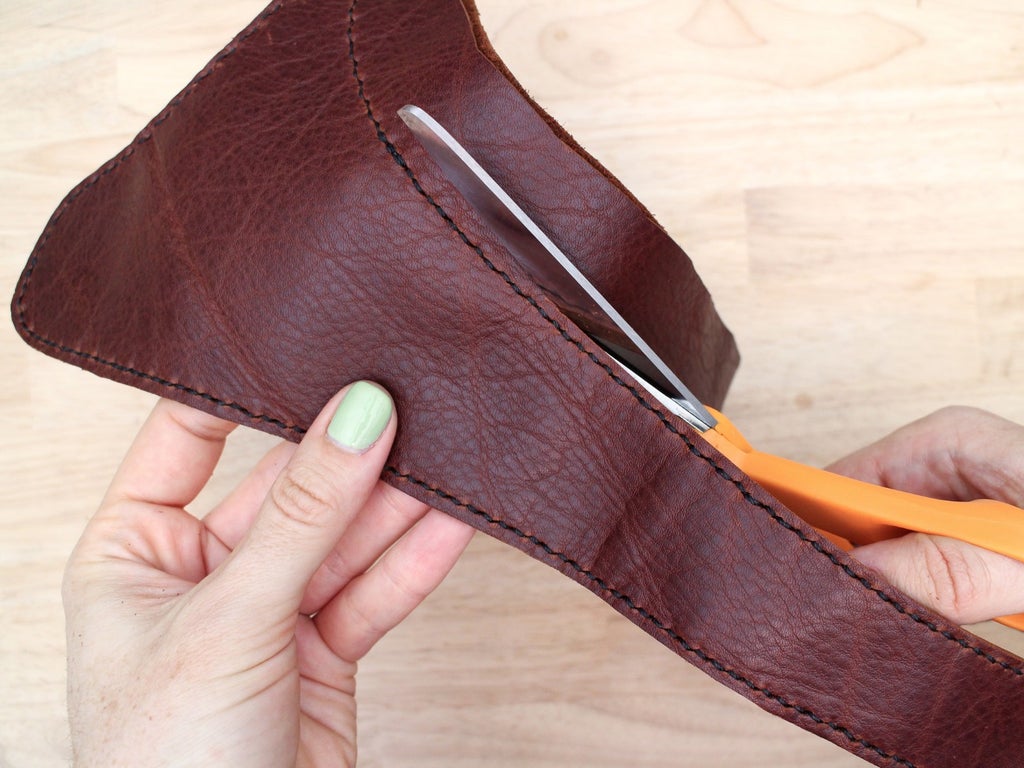
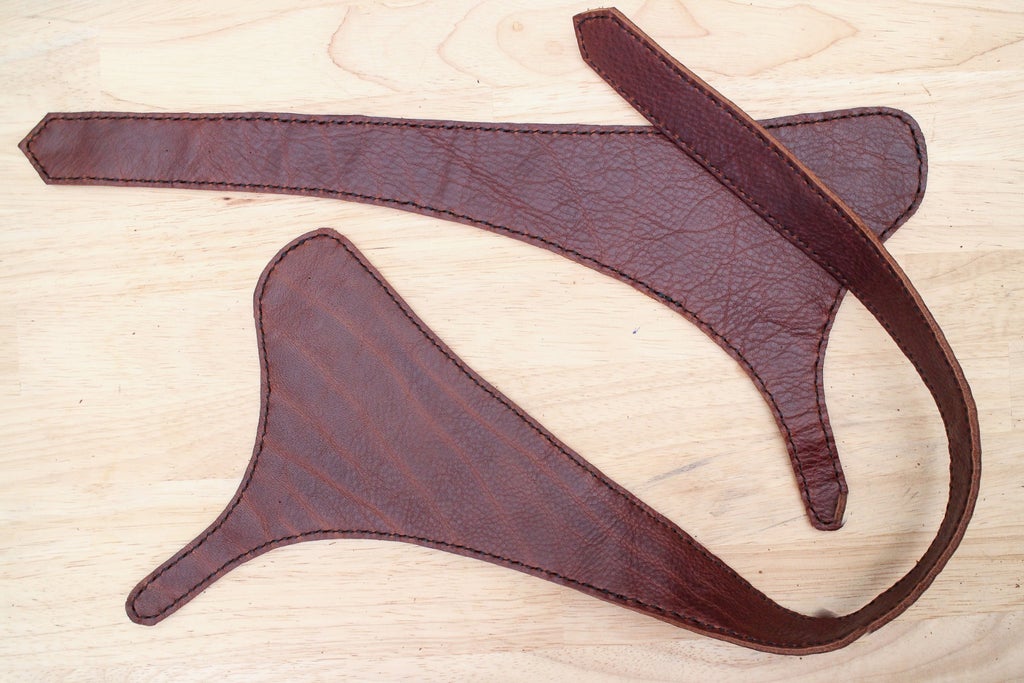
Add a buckle, snap or other closure to your strap or belt in the same way you would if it was a single layer. Just be sure to never punch through your stitch lines when you are adding hardware.


Step 4: Using Grommets
If you want to connect things to your belt or turn it into a pocket belt, adding grommets can be very useful.
Grommets are two part metal rings that make a reinforced hole in leather. They are often used to create attachment points for other hardware, or small holes for lacing up a wearable leather piece like a corset, shoe or arm bracer. They can also hold two or more pieces of leather together like rivets with a hole through the center. You can even use them purely for decoration, like I did on my Millennium Falcon Bag.
Grommets come in all different sizes and each size needs a different setting tool, which can be annoying. The setting tools have two parts like a snap setter. A concave base that holds the top of the grommet and a shaft with a shaped end that you use to hammer the two pieces together.
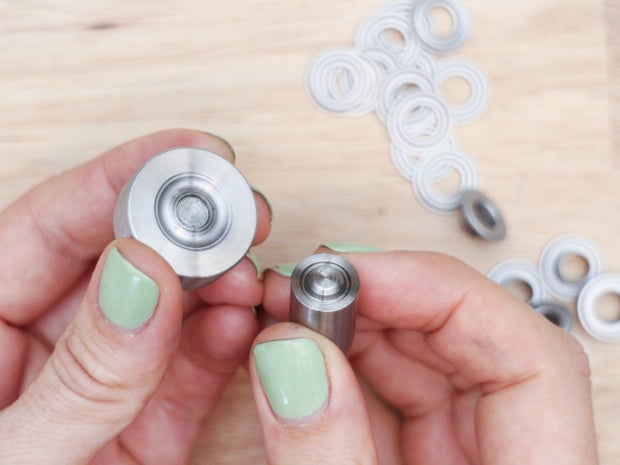

To set a grommet you first need to cut a hole the right size, which is often bigger than standard leather hole punch sizes. Grommet setting kits sometimes come with punches the right size, or you can buy them separately. You can also just use your largest existing hole punch and punch several times to create a large enough, if slightly misshapen, hole.
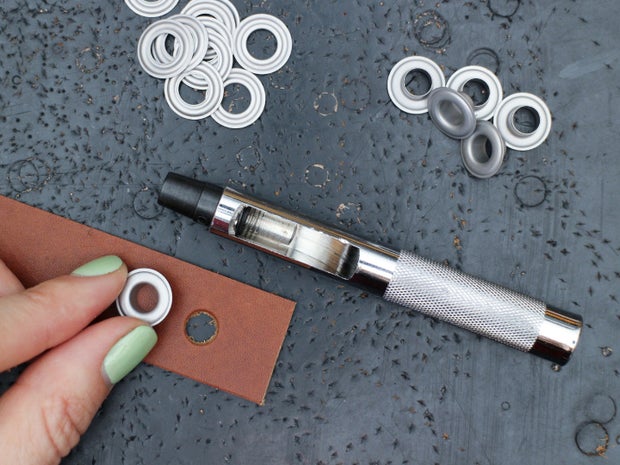
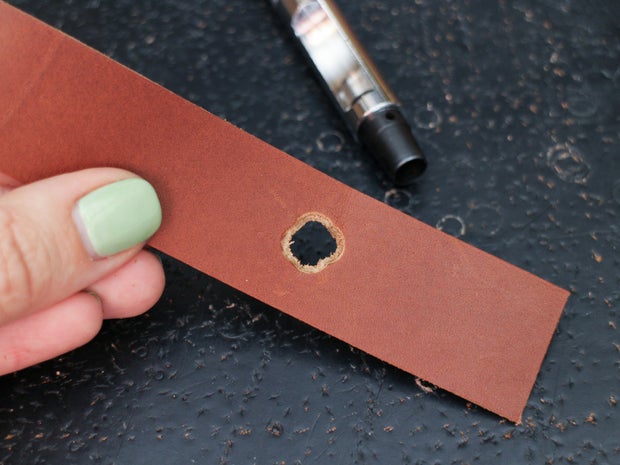
Once you have a big enough hole punched, push the larger top piece of the grommet through from the grain side and slide the smaller bottom ring over the central stem on the flesh side.
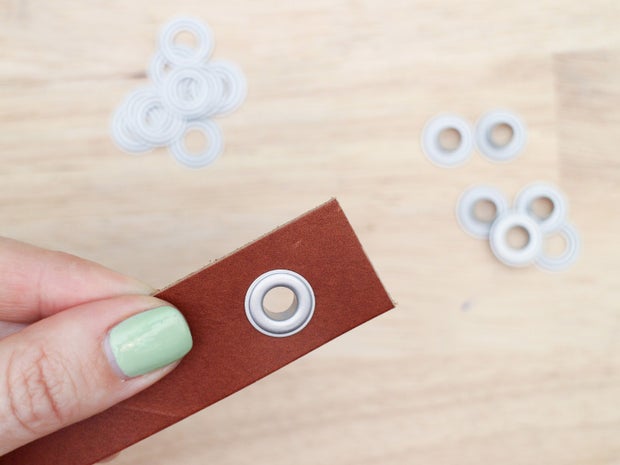
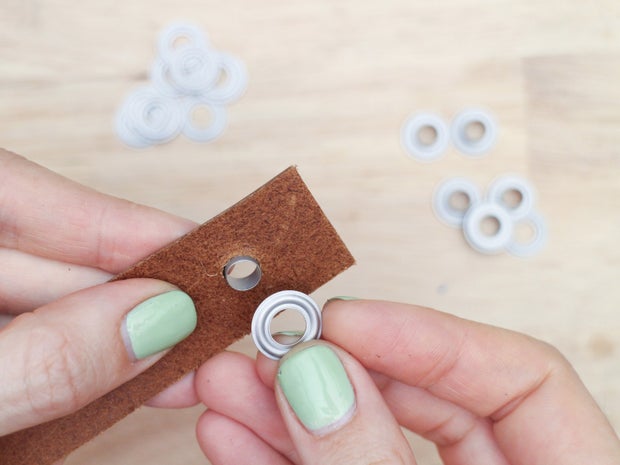
Use the setting shaft and a mallet to hammer the two halves together. It can take a bit of force to set them properly.
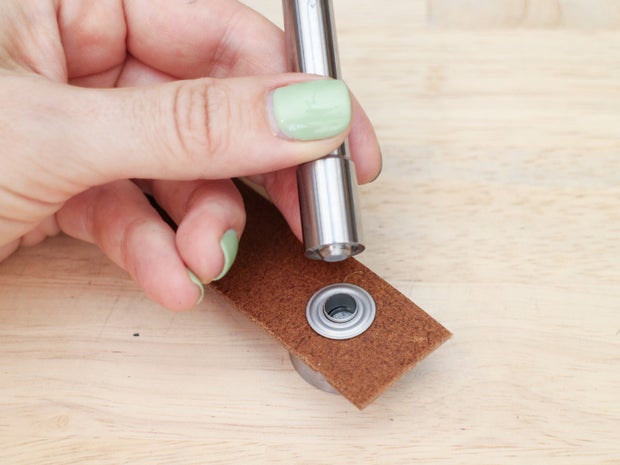
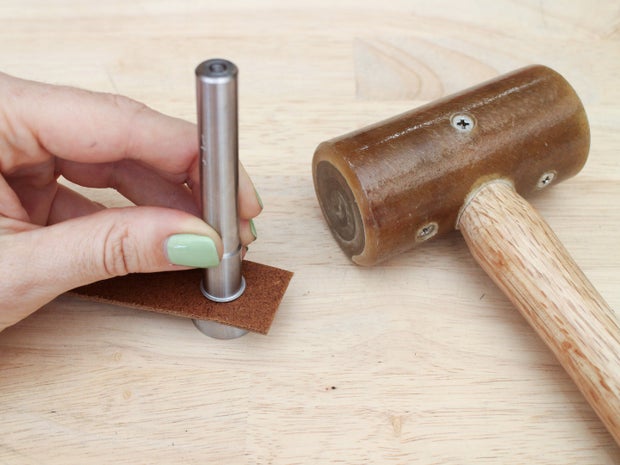
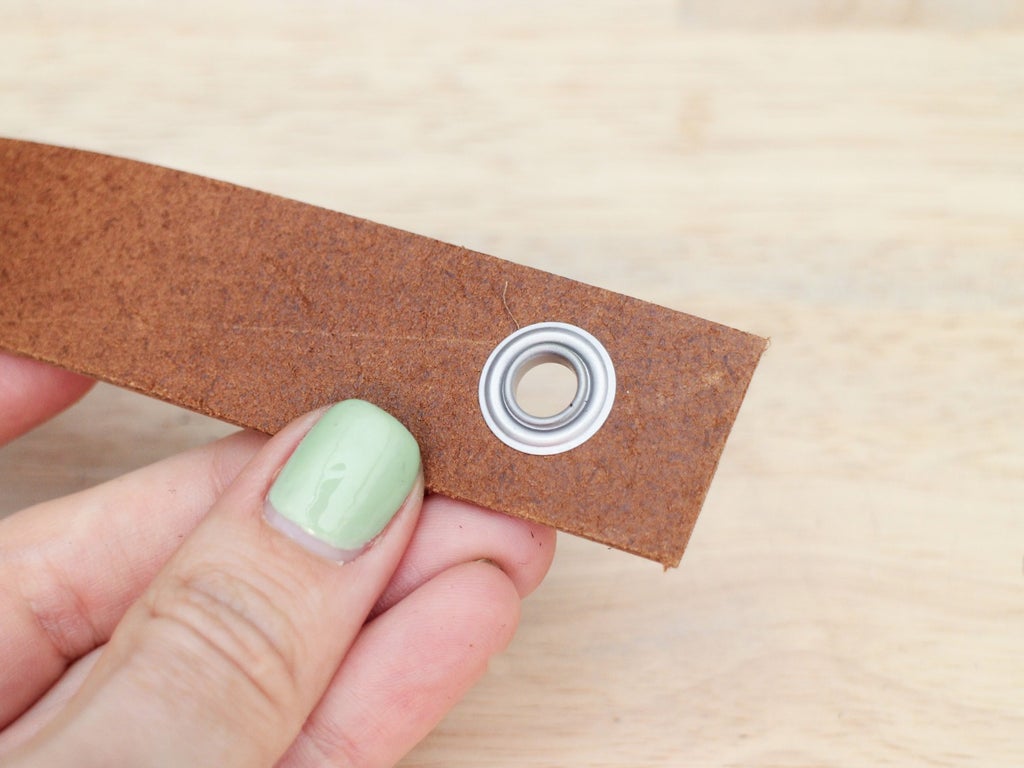
Step 5: Turn a Belt Into a Pocket Belt
But why just create a boring belt when you can add a useful pocket?!
I turned the two belts I made into pocket belts by attaching the small leather pouches you can make in my Intermediate Leatherworking Class. There are a lot of ways to add pockets to belts, you could just thread a belt through the strap loops in the back of these small pouches. But I wanted to turn mine into more of a low hanging hip bag, which is why I created attachment points on the belt to hang the bag.
One way to do this is to attach swivel snaps strap loops of the bag. Then you can use these to clip and unclip the bag to an attachment point on the belt. I did this here by setting two grommets into the belt where the bag can attach.


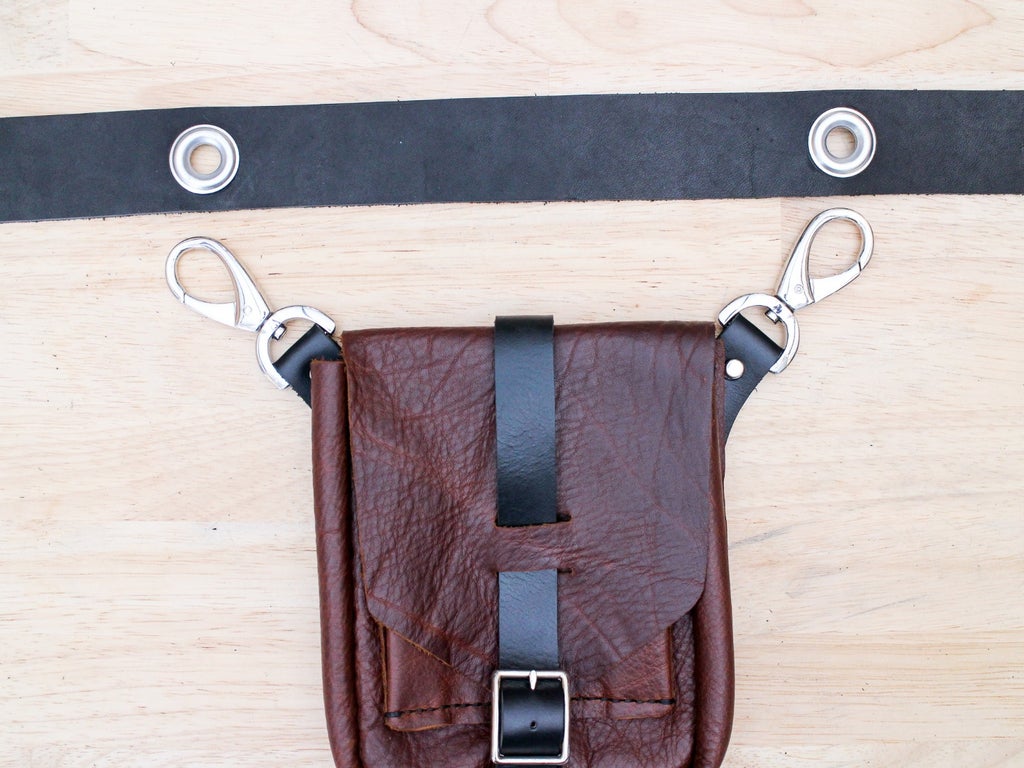
As another option, I designed the double layer belt I made with built in straps that loop around the D rings of the small bags. I set snaps into the straps so the bag could attach and detach.
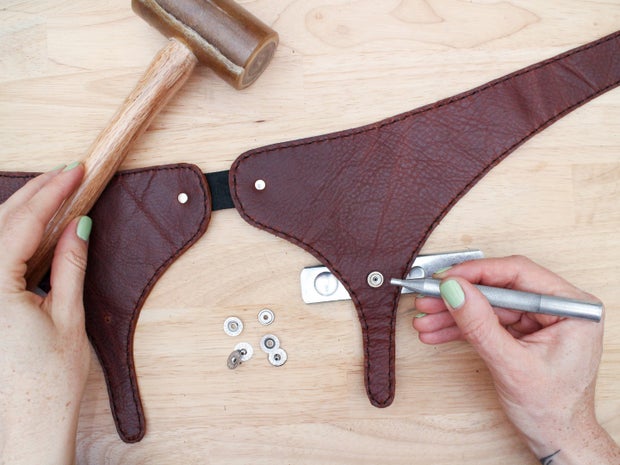

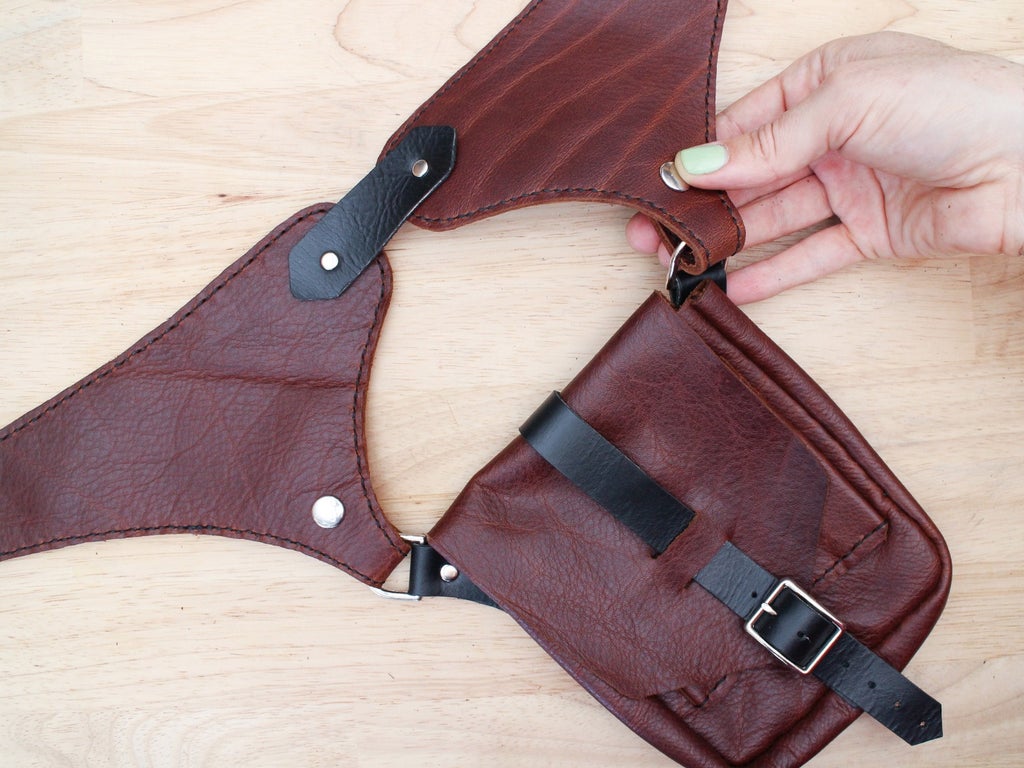
Step 6: What's Your Version?

I've shown you a couple of simple options for creating a leather belt that can attach to a bag, and I'm sure you can imagine a lot more designs from here! You could try different shapes for the shaped leather belt, use different hardware, even incorporate another a smaller pocket into the belt itself. If you made two identical small bags, you could create a similar belt with bags on both sides!
If you've chosen to create a pocket belt, post an I Made It below in the comments section! And if you want to learn how to make the leather pouches I used to create my pocket belt, check out my free Intermediate Leatherworking Class!












